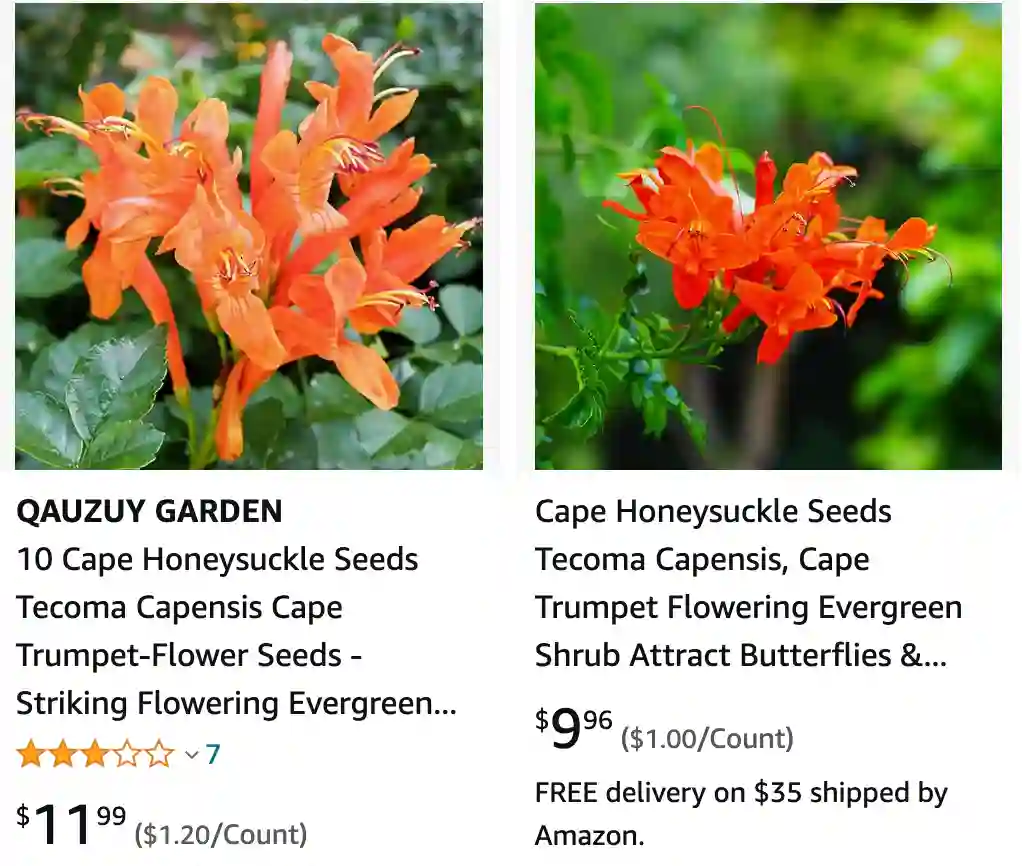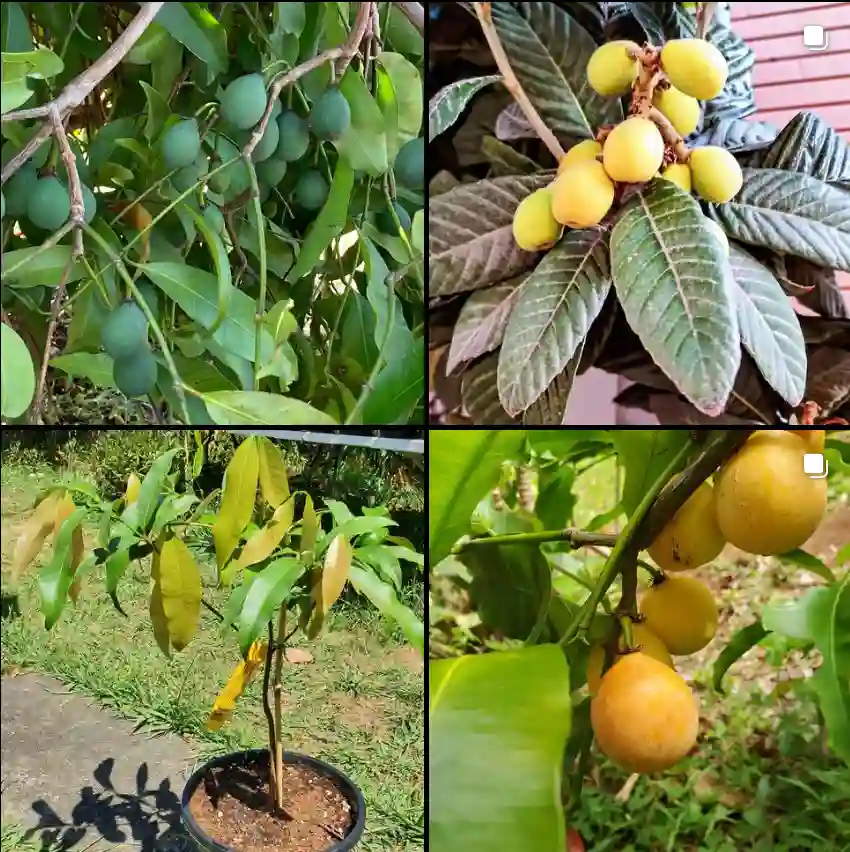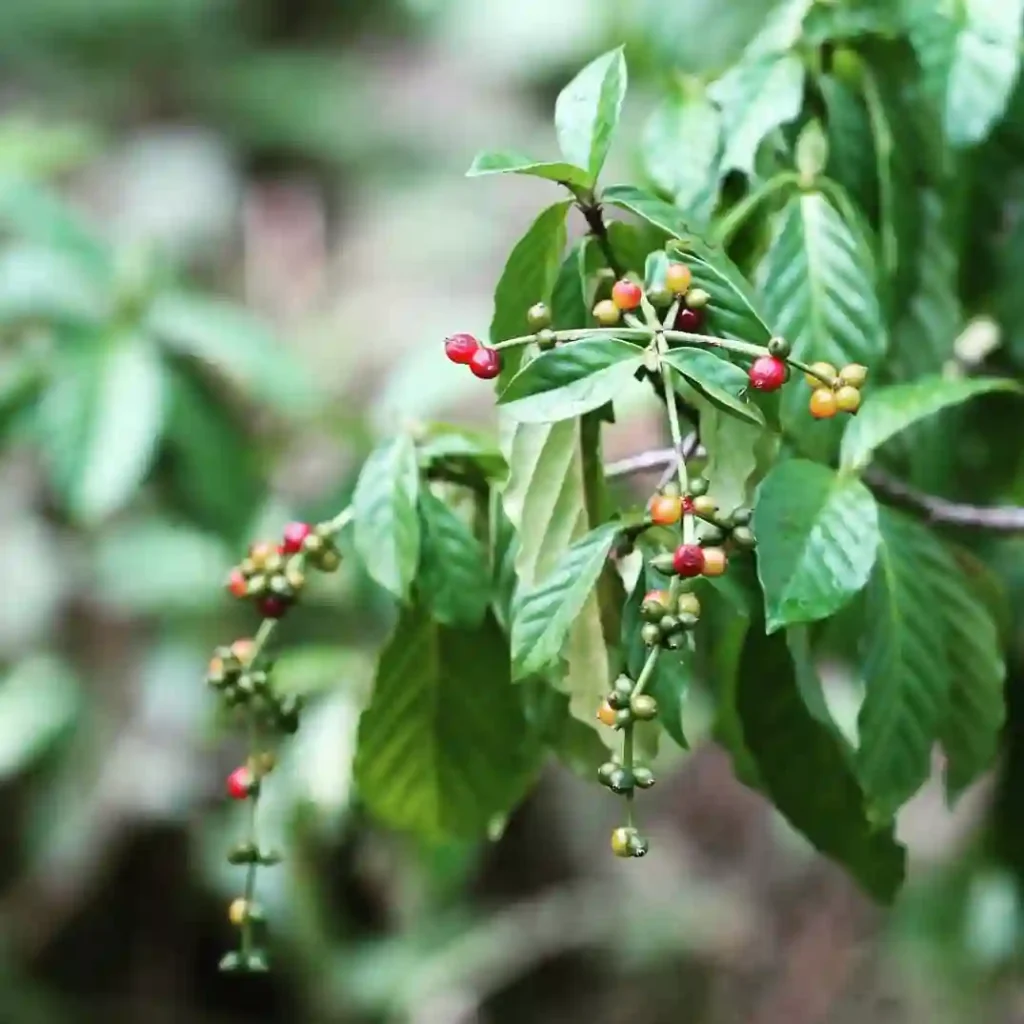
How to care for Tecoma Capensis?
Tecoma capensis synonym of Tecomaria capensis, commonly known as Cape Honeysuckle, is a fast-growing flowering shrub native to South Africa. Here’s how to care for Tecoma capensis:
2 Species in Genus Tecomaria
1. Light:
- Full Sun: Plant Tecoma capensis in a location where it receives full sunlight for most of the day. It can tolerate some shade but prefers direct sunlight for optimal flowering.
2. Temperature:
- Warmth: Tecoma capensis thrives in warm temperatures between 65°F to 90°F (18°C to 32°C). It is not frost-tolerant and should be protected from temperatures below 40°F (4°C).
3. Watering:
- Regular Watering: Water Tecoma capensis regularly, especially during the first growing season to establish a strong root system. Once established, it is drought-tolerant and can tolerate some dry spells. Water deeply when the top inch of soil feels dry to the touch.
4. Soil:
- Well-Draining Soil: Plant Tecoma capensis in well-draining soil with a slightly acidic to neutral pH. Amend heavy clay soils with organic matter such as compost or peat moss to improve drainage and soil structure.
5. Fertilizing:
- Fertilizer Application: Feed Tecoma capensis with a balanced, slow-release fertilizer in early spring before new growth begins. Follow the manufacturer’s instructions for application rates. Repeat fertilization every 4-6 weeks during the growing season.
6. Pruning:
- Pruning Maintenance: Prune Tecoma capensis after flowering to remove dead, damaged, or overgrown branches and shape the plant as desired. Regular pruning encourages bushier growth and more abundant flowering.
7. Support:
- Climbing Support (Optional): If you’re growing Tecoma capensis as a climbing vine, provide a trellis or other support structure for it to climb on. Secure the plant to the support structure with ties or clips as needed.
8. Pests and Diseases:
- Pest Management: Watch for common pests such as aphids, whiteflies, and spider mites. Treat infestations promptly with insecticidal soap or neem oil.
- Disease Prevention: Ensure good air circulation around the plant to prevent fungal diseases such as powdery mildew and leaf spot. Avoid overhead watering, and promptly remove any diseased foliage.
9. Container Growing (Optional):
- Container Planting: Tecoma capensis can be grown in containers on patios or balconies. Choose a large container with drainage holes and fill it with well-draining potting mix. Water regularly and fertilize as needed during the growing season.
10. Propagation:
- Propagation: Tecoma capensis can be propagated from semi-hardwood cuttings taken in late spring or early summer. Dip the cuttings in rooting hormone powder and plant them in a well-draining potting mix. Keep the soil consistently moist until roots develop.
How to propagate Tecoma Capensis?
Propagation by Stem Cuttings:
- Selecting Cuttings: Choose a healthy stem from the parent plant. Look for a stem that is not too young or too old, with several sets of leaves.
- Taking Cuttings: Use clean, sharp scissors or pruning shears to make a clean cut just below a leaf node on the selected stem. The cutting should be about 4-6 inches long, with several sets of leaves attached.
- Removing Lower Leaves: Remove the lower leaves from the cutting, leaving only a few sets of leaves at the top.
- Callus Formation: Allow the cut end of the stem cutting to dry and callus over for a few days to a week. This helps prevent rot when the cutting is planted.
- Planting: Once the cuttings have callused over, plant them in a well-draining potting mix. You can use a mix formulated for succulents or create your own blend using equal parts of perlite, sand, and potting soil.
- Watering: Water the newly planted cuttings lightly, allowing the soil to become slightly moist but not waterlogged. Avoid overwatering, as this can cause the cuttings to rot.
- Rooting: Place the planted cuttings in a warm, bright location with indirect sunlight. Rooting usually occurs within a few weeks to a couple of months, depending on environmental conditions.
- Transplanting: Once the cuttings have developed a healthy root system, you can transplant them into individual pots or into your garden. Choose a location with well-draining soil and partial sunlight.
- Care: Continue to care for the newly propagated Tecoma capensis as you would for mature plants. Provide them with regular watering, partial sunlight, and occasional fertilization during the growing season.
- Monitoring: Monitor the propagated plants regularly for signs of stress, pests, or diseases. Provide appropriate care and maintenance as needed to ensure their health and vigor.
Are Tecoma Capensis poisonous? Is Tecoma Capensis poisonous to dogs?
As far as I know, Tecoma Capensis is not considered poisonous. This is one of the reasons why I feel comfortable having it in my garden, especially since I have children and pets around. However, it’s always wise to practice caution and keep an eye on any plant, especially if you’re unsure about its toxicity.
If i die, water my plants!
As an Amazon Associate I earn from qualifying purchases.



